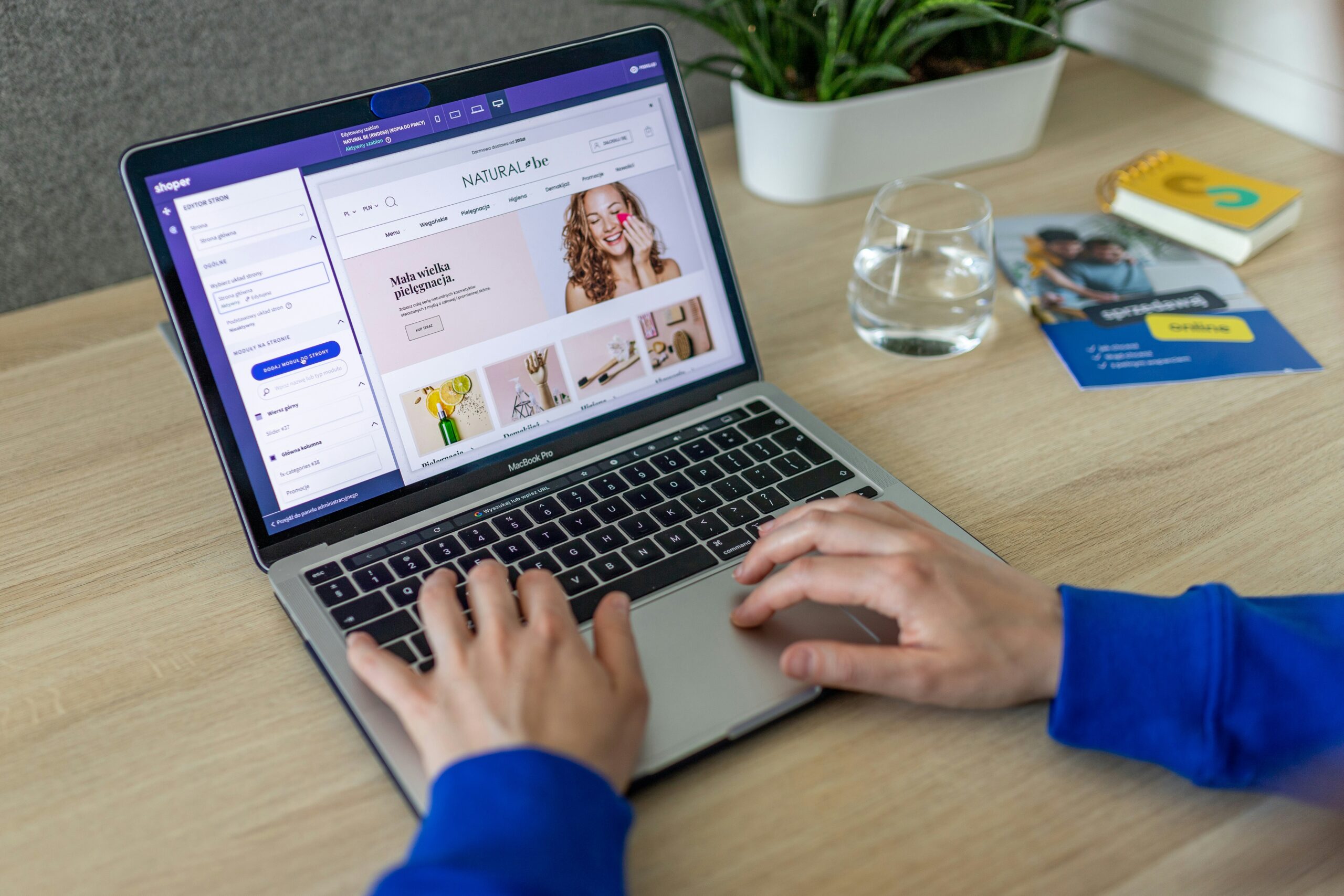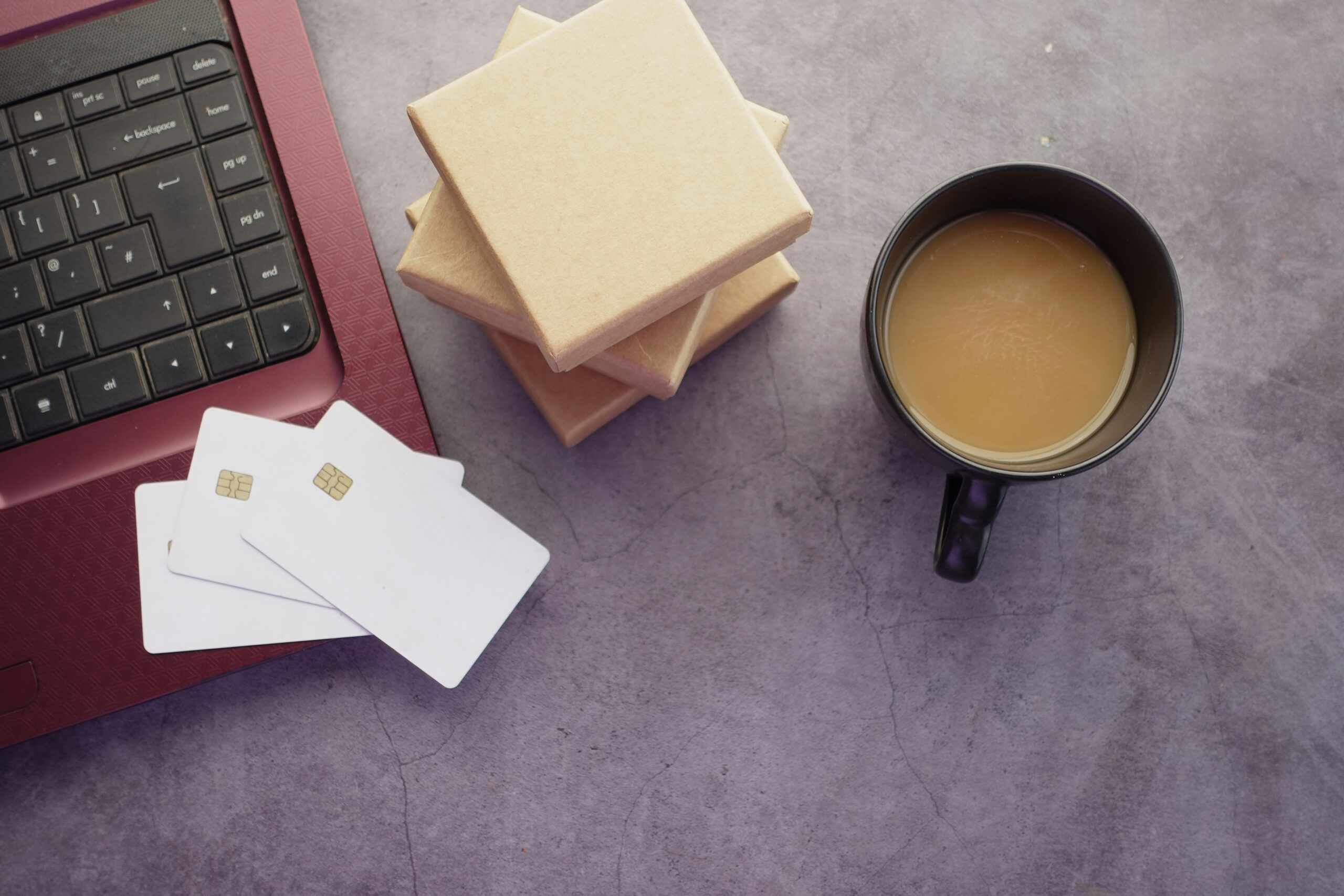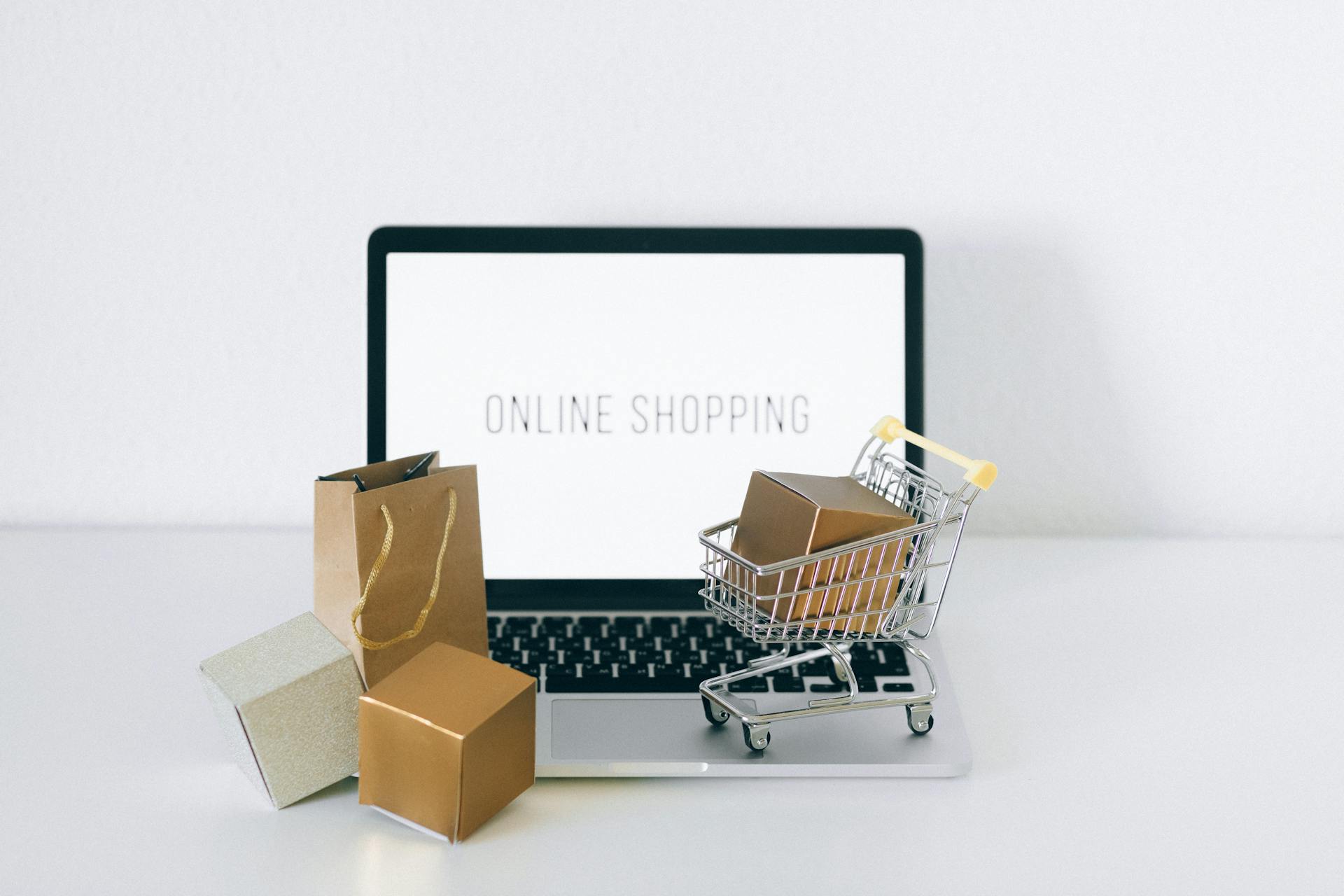Building a great fashion eCommerce website isn’t just about making it look good—it’s about turning visitors into loyal customers! A smooth, enjoyable shopping experience should reflect your brand’s unique style and values. Here’s how to build a good fashion e-commerce website that helps your business grow and thrive.
Step#1: Identify Your Fashion Niche and Target Audience
It’s essential to follow the top marketing strategies for fashion brands when planning a new website. Here’s a step-by-step overview of how to plan your first step when building a fashion eCommerce website.
1. Define Your Fashion Niche
Start by identifying your niche, whether it’s luxury, streetwear, or eco-friendly fashion. Tailoring your products and marketing strategies to a specific niche helps you stand out. Analyze competitors to gain insights into market trends and consumer behavior, which can reveal gaps your brand can fill.
2. Understand Your Target Audience
Know your audience’s preferences and pain points. Use surveys, social media, and analytics tools to gather data about their needs. This helps you craft products and marketing messages that truly resonate with your potential customers, resulting in repeat purchases.
3. Research Market Demand
Ensure there’s demand for your fashion products. Research market trends and consumer interests, and look for growing segments within your niche. Adapting your offerings to meet these demands will attract customers and set your brand up for long-term success.
Step#2: Choose the Right Platform for Your Fashion Store
Selecting the right eCommerce platform is crucial for building a successful online store.
5 Popular Platforms to Consider for Your Fashion Brand
- Shopify – Easy to Use
Shopify offers fashion-specific themes and built-in mobile responsiveness. It’s a scalable, all-in-one platform with various integrations to support your growing business.
- WooCommerce – Seamless Integration with WordPress
It is ideal for businesses wanting control over design and functionality; it’s also a budget-friendly option for tech-savvy users.
- BigCommerce – Makes Larger Stores
With built-in SEO tools, multi-channel selling, and no transaction fees, BigCommerce is perfect for businesses aiming to expand quickly.
- Squarespace – Fashion-Focused Options
Squarespace offers visually stunning templates, including fashion-focused options, and is great for brands prioritizing aesthetics. Its user-friendly interface and built-in marketing tools make it a good choice for smaller fashion businesses.
- Magento – Highly Customizable
Magento is ideal for larger fashion businesses with complex needs. It offers unlimited design flexibility but requires more technical expertise and a higher maintenance budget.
5 Things to Look for in a Platform Before Finalizing
- Scalability: As your product range and customer base expand, the platform should handle increased traffic and transactions without compromising performance.
- Ease of Use: A user-friendly interface simplifies store management. Look for platforms with intuitive dashboards that allow you to update products, manage orders, and track sales effortlessly.
- Mobile Responsiveness: With more shoppers using mobile devices, your platform must offer seamless mobile experiences. Check for mobile-friendly themes and responsive design options to cater to this audience.
- Fashion-Specific Themes: Platforms often provide a range of customizable themes designed specifically for fashion stores, helping you create a visually appealing site.
- Integration Capabilities: Ensure the platform supports integrations with essential tools like payment gateways, inventory management systems, and marketing apps.
- Cost Considerations: Consider transaction fees, subscription costs, and any additional charges for plugins or themes. Choose a platform that fits your budget without sacrificing features.
Step#3: Design a Stylish and Functional Website
Prioritize successful marketing strategies for eCommerce to incorporate intuitive navigation and user-friendly layouts to enhance the shopping experience.
- Color Scheme and Typography
Select colors and fonts that reflect your brand identity. Consistent use of these elements across your site reinforces brand recognition and creates a cohesive look.
- High-Quality Product Images
High-quality images provide customers with a detailed view, increasing confidence in their purchase decisions. Ensure product pages are informative and visually appealing. Include detailed descriptions, size guides, and care instructions to assist customers in making informed choices.
- Clear Call-to-Action Buttons
Incorporate attractive call-to-action buttons that guide users toward desired actions, such as adding items to their cart or proceeding to checkout. Use contrasting colors and concise text to make these buttons stand out.
- Consistent Branding
Maintain a consistent brand voice and style throughout your website. This includes using similar imagery, tone, and messaging across all pages to build a strong brand presence.
- Interactive Elements
Consider adding interactive elements like shoppable videos for fashion products or animations to engage visitors. These features can highlight product details or tell your brand’s story in an engaging way.
- Fast Loading Times
Optimize your website for speed to prevent users from leaving due to slow load times. Compress images, use efficient coding practices, and choose a reliable hosting provider to ensure quick page loads.
Step#4: Deliver a Flawless User Experience (UX)
A responsive design adapts to different screen sizes, providing a consistent and enjoyable browsing experience.
- Simplifying the checkout process reduces cart abandonment.
- Streamline steps and offer guest checkout options to make purchasing quick and hassle-free.
- Clear instructions and minimal form fields help users complete transactions without frustration.
Leverage Customer Reviews
Showcasing real user feedback and testimonials builds trust with potential buyers and increases the average order value for your fashion eCommerce websites.
Highlight positive experiences to reassure new customers about the quality and reliability of your products. Encourage user-generated content like photos and videos to create a community around your brand.
Customers sharing their experiences and styling tips can inspire others and increase engagement.
Step#5: Essential Features and Plugins for Fashion eCommerce
Here are some essential features and plugins for fashion eCommerce:
- Payment Gateways
Offer a variety of payment options such as PayPal, Stripe, and credit cards to cater to different customer preferences. This flexibility can improve conversion rates by accommodating diverse payment methods.
- Social Media Integration
Enable easy sharing and promotions through social media links. This feature allows customers to share their favorite products with their networks, increasing your brand’s visibility and reach.
- Inventory Management Tools
Use tools that help you track stock levels and manage inventory efficiently. These systems prevent overselling and ensure customers have access to accurate product availability information.
- Live Chat Support
This includes real-time chat support to assist customers with inquiries and issues. This immediate assistance can enhance the shopping experience and resolve potential problems before they lead to lost sales.
Step#6: Optimize for SEO and Boost Visibility
Boosting your website’s search engine visibility is key to driving organic traffic and reaching your target audience. Here are some effective and unique ways to optimize your fashion eCommerce site for SEO:
- Craft Keyword-Rich Product Descriptions
Use targeted keywords naturally within detailed product descriptions. Address common customer queries and highlight unique features to help search engines understand and rank your products better.
- Optimize Meta Tags and Alt Text
Include relevant keywords in your meta titles and descriptions for each product. Add accurate alt text to images, not only describing them but also incorporating keywords, which boosts your image search rankings.
- Leverage Content Marketing
Create engaging content like blogs, fashion lookbooks, or style guides that answer customer questions and inspire trends. This attracts organic traffic and positions your brand as a fashion expert.
- Utilize Long-Tail Keywords
Focus on long-tail keywords, such as specific styles or fashion trends, that potential customers may search for. This helps target niche audiences and boosts your visibility for less competitive search terms.
Step#7: Secure Payments and Build Customer Trust
Implement secure payment gateways and SSL certificates to protect customer data during transactions. This security measure reassures customers that their information remains safe, encouraging them to complete their purchases.
Offer global payment options to cater to international customers, expanding your reach and accommodating diverse payment preferences.
Build trust through secure checkout processes that are straightforward and transparent. Clearly outline your return policies to provide customers with confidence in their purchasing decisions. A well-defined return policy reduces hesitation and enhances customer satisfaction, leading to increased loyalty and repeat business.
Step#8: Execute a Strong Marketing Strategy
To boost your fashion eCommerce store’s visibility and drive sales, it’s essential to execute an engaging and creative marketing strategy. Here are some yummy strategies that work wonders:
- Personalized Email Campaigns
Personalize emails based on customer preferences and purchase history. Use segmentation to deliver relevant offers, product recommendations, and updates to keep your audience engaged and coming back for more.
- Leverage Influencer Collaborations
Partner with influencers whose style and values align with your brand. This not only expands your reach but also builds trust by showcasing your products through voices your audience already follows and admires.
- Seasonal Trend Campaigns
Stay ahead of the game by launching collections based on seasonal trends. Create excitement through social media buzz and email blasts, promoting limited-time offers that capitalize on current fashion demands.
- Boost Social Proof
Showcase real customer reviews, testimonials, and user-generated content. This builds credibility and trust, influencing new customers to take the leap and make a purchase.
- Interactive Campaigns
Make your audience feel part of your brand’s world with interactive campaigns. Quizzes, polls, or even fun fashion contests can get customers more engaged and foster loyalty while increasing brand visibility.
Step#9: Key Considerations While Running a Fashion eCommerce Website
Here are some things you must consider and take care of when running a fashion eCommerce website.
- Keep Inventory Up-to-Date: Accurate stock levels prevent overselling and ensure customer satisfaction. Use inventory management tools to track stock in real time and automate updates across your sales channels.
- Customer Service: Offer prompt support through chat, email, or phone to address customer inquiries and issues efficiently. A responsive customer service team builds trust and encourages repeat business.
- Performance Monitoring: Use tools like Google Analytics and Hotjar to track your site’s performance. Analyze visitor behavior, page load times, and conversion rates to identify areas for improvement.
- A/B Testing: Regularly test different design elements and eCommerce marketing strategies to refine your customer experience. Experiment with variations in layout, color schemes, and call-to-action buttons to determine what resonates best with your audience.
Step#10: Stay Ahead of the Curve: Latest Trends for Continuous Improvement
Keep your fashion eCommerce site competitive by embracing the latest trends. Regularly update your product offerings to reflect current fashion movements, ensuring your inventory remains appealing to customers. Continually optimize your site design and layout to maintain a fresh, modern look that attracts and retains visitors.
- Interactive Shopping Experiences: Incorporate features like virtual try-ons, live shopping experiences, and 360-degree product views to enhance engagement.
- Sustainable Practices: Highlight eco-friendly products and transparent sourcing to appeal to environmentally conscious consumers.
- Personalized Recommendations: Use data-driven insights to offer tailored product suggestions, increasing conversion rates.
Ensure your marketing strategies evolve with the changing fashion landscape. Adapt to new platforms and technologies to reach a broader audience and maintain relevance in a dynamic market.
Learn from the Best: Fashion eCommerce Website Examples
Explore successful fashion eCommerce sites to gain insights into effective design and functionality. These examples highlight strategies that enhance user engagement and drive sales.
ASOS: Bold Visuals and Easy Navigation
ASOS stands out with its clean, intuitive design that prioritizes high-quality images. The site uses vibrant visuals to showcase products, making it easy for customers to explore and find what they love. Its straightforward navigation and seamless integration of user reviews create a trustworthy shopping environment.
Zara: Minimalist Layout with Maximum Impact
Zara excels with a minimalist layout that ensures fast loading speeds and easy navigation. The site’s simplicity allows products to take center stage, enhancing the shopping experience. Zara’s efficient use of space and clear categorization guide users effortlessly through their collections.
Net-a-Porter: Luxury Meets Elegance
Net-a-Porter offers a luxury fashion experience with an emphasis on visuals and smooth user interaction. The site’s elegant design and high-resolution images reflect the premium nature of its products. Net-a-Porter’s attention to detail in product presentation and user interface sets a high standard for luxury eCommerce.
H&M: Seamless Mobile Experience
H&M focuses on strong mobile optimization and a seamless checkout process. The site adapts flawlessly to different devices, ensuring a consistent experience for all users. H&M’s streamlined checkout reduces friction, encouraging customers to complete their purchases without hassle.
Is Starting a Fashion ECommerce Business Profitable?
Yes, starting a fashion eCommerce business can be profitable. With the right strategy, you tap into a global market, reach diverse audiences, and leverage digital tools to optimize sales. The fashion industry continues to grow online, offering opportunities for niche markets and innovative product offerings.
With Firework’s cutting-edge video commerce platform, you can harness the power of live streaming and shoppable videos to create a seamless, personalized journey for your customers. Our solutions not only boost engagement and conversions but also foster lasting customer loyalty. Whether you’re looking to enhance your current site or build a new one, Firework provides the expertise and technology to power your business forward.
Put your commerce in motion. Find out how Firework can power your business forward.











